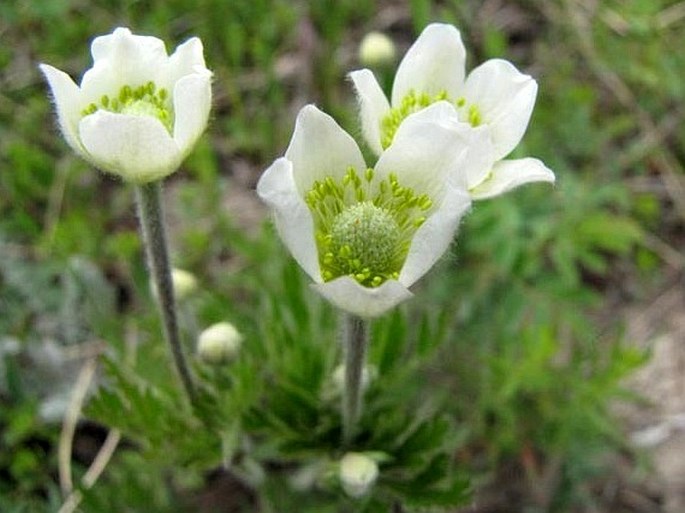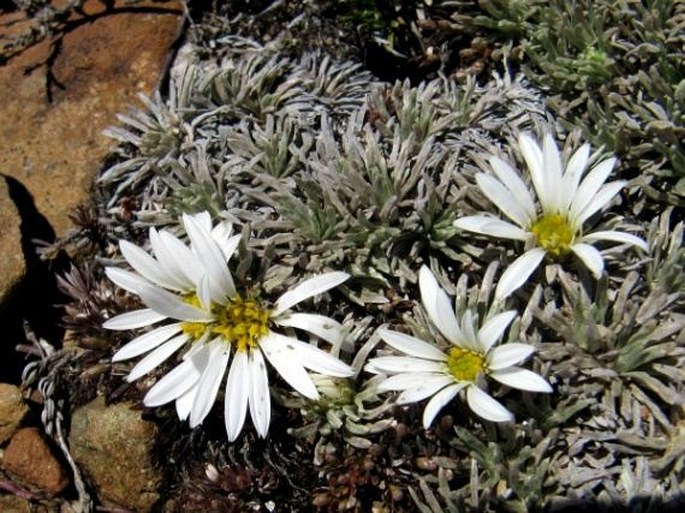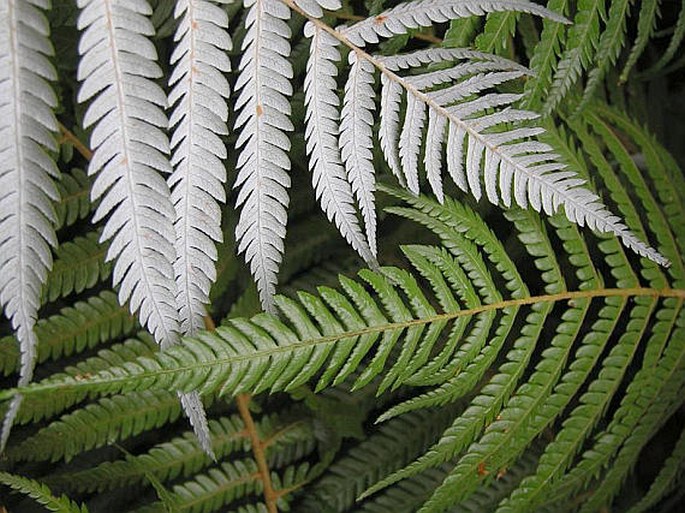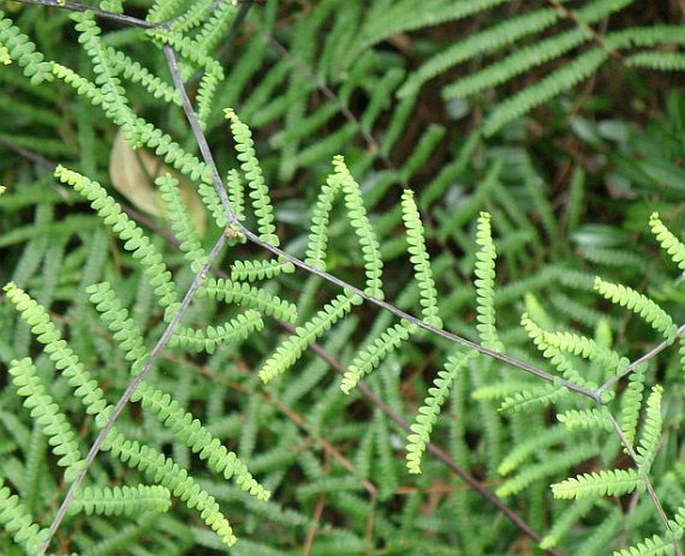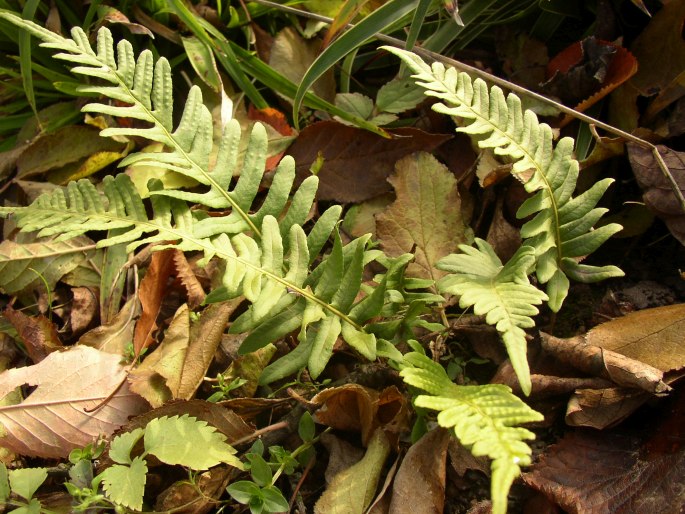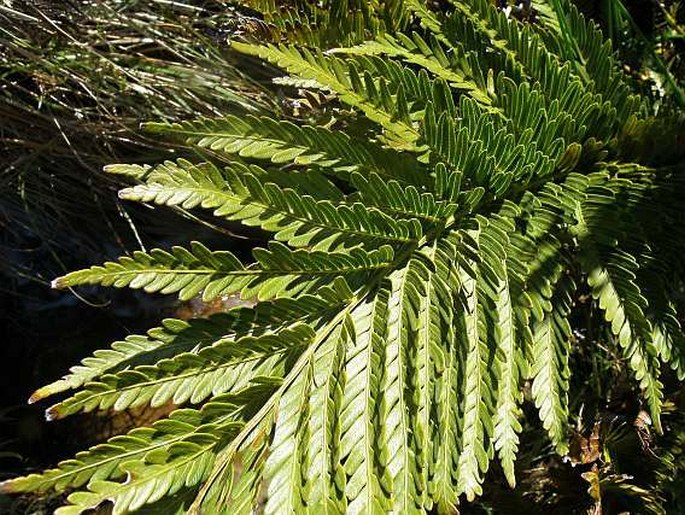Antarctis covers completely whole area of Antarctica, including contiguous islands and also the sub-region of New Zealand (after some authors belongs New Zealand to the Paleotropis), which is the richest sub-region of Antarctis.

- ALISMA PLANTAGO-AQUATICA L. – Common Water-plantain
- ANEMONE MULTIFIDA Poir. – Cut-leaved Anemone, Windflower
![]()
- BOTRYCHIUM LUNARIA (L.) Schwartz – Common Moonwort
![]()
- CALLUNA VULGARIS (L.) Hull. – Heather, Ling
![]()
- CELMISIA LINDSAYI Hook. f. – Lindsay’s Daisy
![]()
- CELMISIA SESSILIFLORA Hook. f. – White Cushion Mountain Daisy
![]()
- CYATHEA DEALBATA L. – Silver Fern, Ponga
![]()
- CYPERUS ERAGROSTIS Lam. – Drain Flat Sedge, Pale Galingale, Umbrella Sedge
![]()
- FITZROYA CUPRESSOIDES (Molina) I. M. Johnst.
![]()
- GLEICHENIA POLYPODIOIDES (L.) Sm. – Coral Fern
![]()
- HAASTIA PULVINARIS Hook. f. – Vegetable Sheep
![]()
- HIPPURIS VULGARIS L. – Common Mare’s-tail
![]()
- POLYPODIUM VULGARE L. – Common Polypody
![]()
- RUMOHRA ADIANTIFORMIS (G. Forst.) Ching – Leather Fern, Leatherleaf Fern
![]()
- SYMPHYOTRICHUM LANCEOLATUM (Willd.) G. L. Nesom – Western Willow Aster, Panicled Aster, Siskiyou Aster
![]()
- TODEA BARBARA (L.) T. Moore – King Fern, Crepe Fern
![]()


